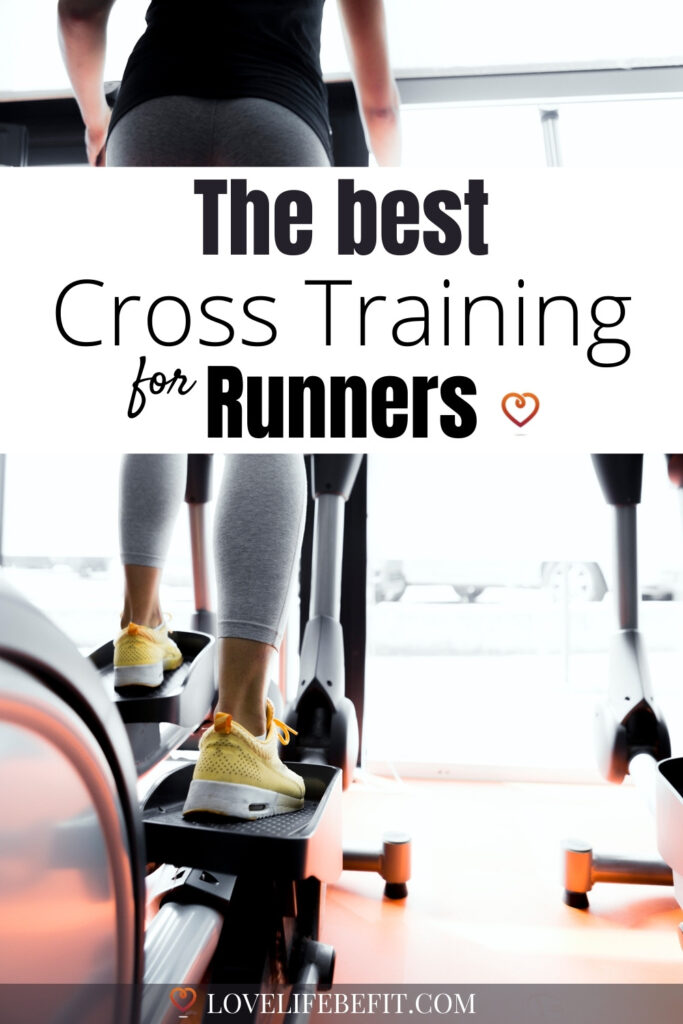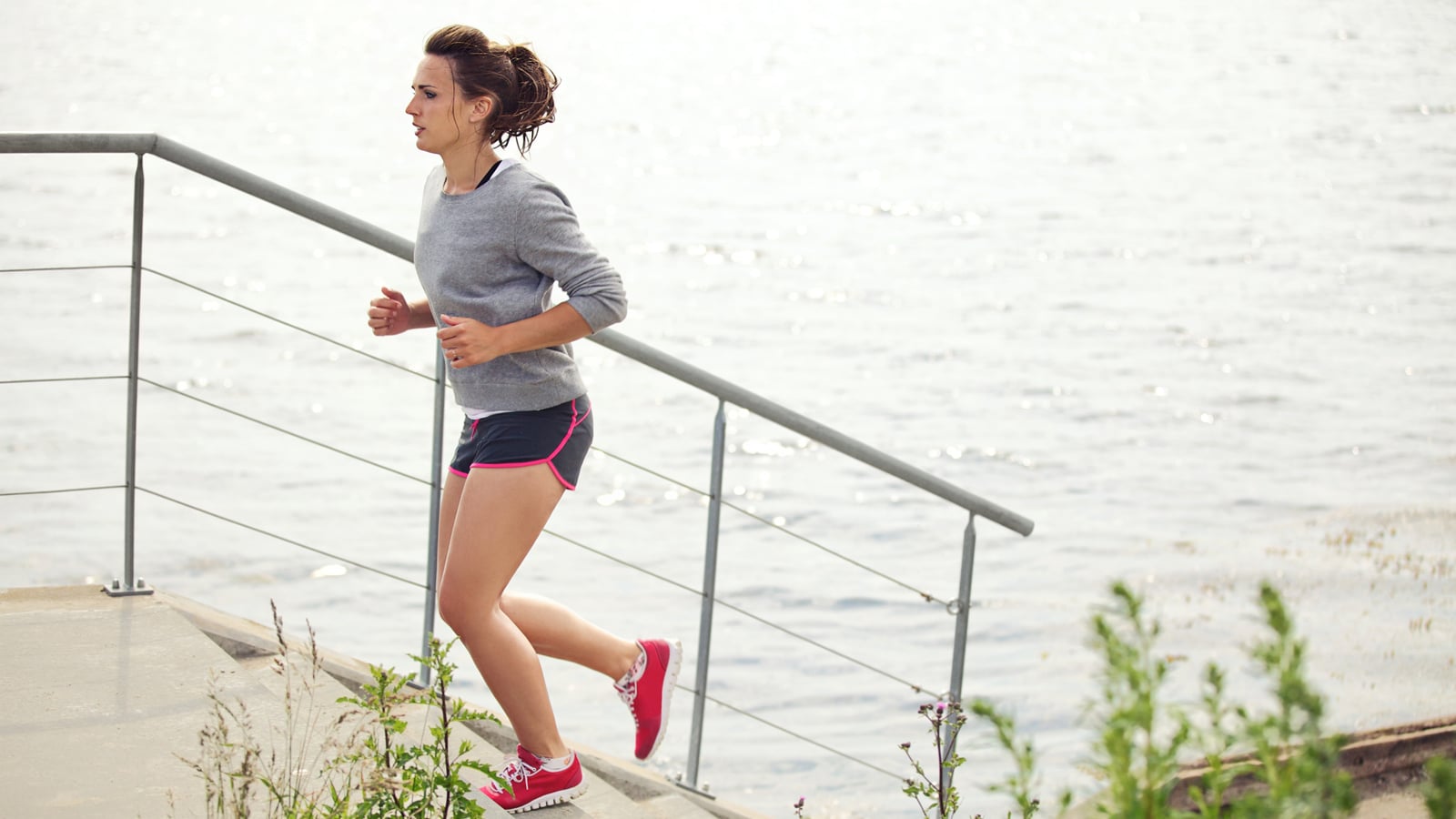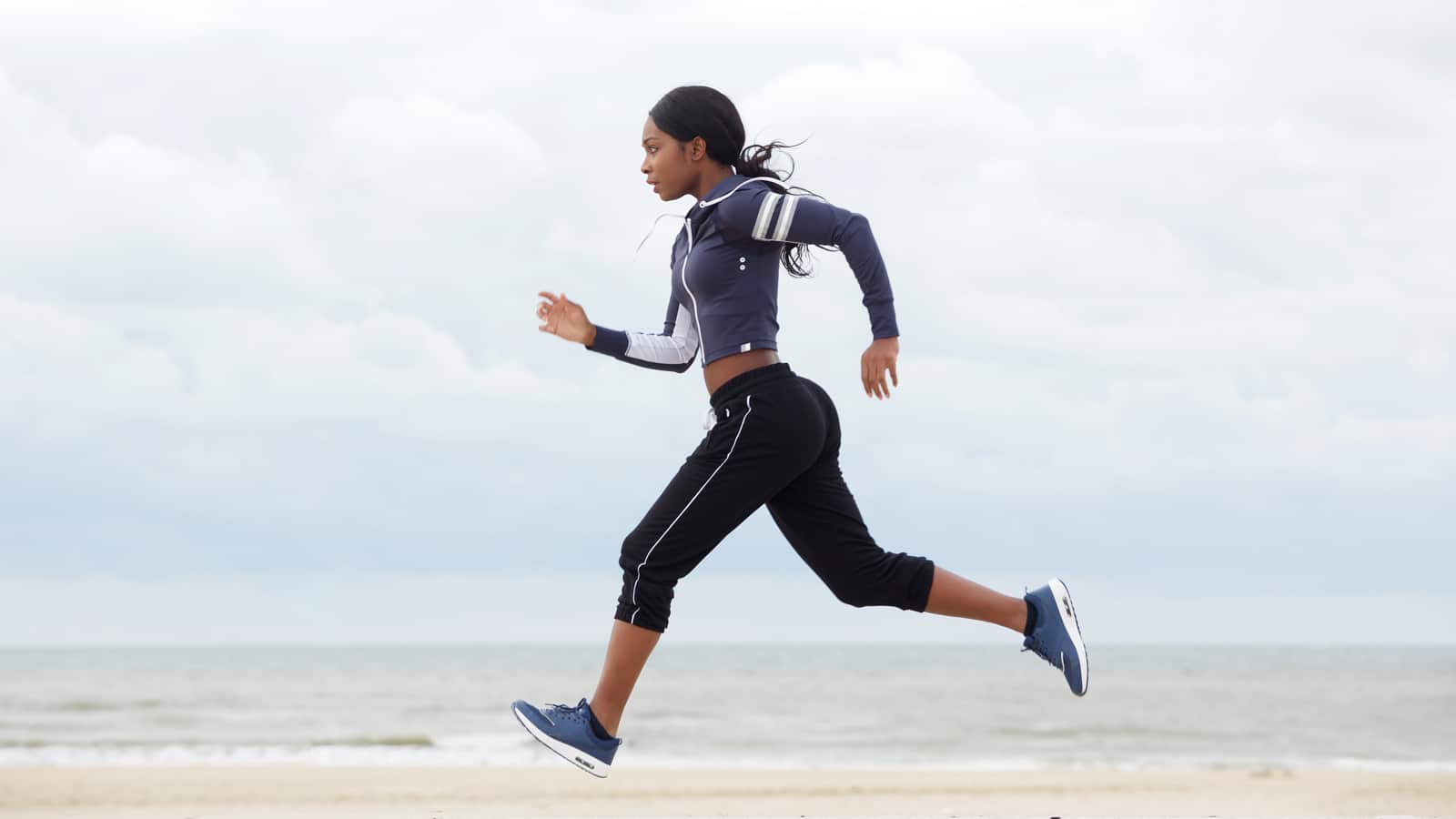The Best Cross Training For Runners (And Why You Need This)
Most runners just want to do one thing – run. You love to run on the good days and even on the bad days, you’d still rather be running. So why cross train? Is it essential, why do you need it and what is it? Here’s the lowdown on all you need to know about the best cross training for runners.

What Is Cross Training?
Cross training for runners is any type of workout that compliments your running. It helps to improve your overall fitness and can make you a better runner. Swimming, cycling, and yoga are all examples of cross training activities.
By participating in activities other than your main sport – running, you can improve your endurance, speed, and overall fitness level.
Sounds good? It’s even better when you consider cross training can also help to reduce the risk of injuries. By alternating between different activities, you’re allowing your body time to recover from the repetitive impact of running. As a result, you’re building endurance and aerobic fitness without getting sidelined by an injury.
So whether you’re looking to mix things up or just want to run faster and further, cross training is one running tip that’s worth considering.
The Benefits Of Cross Training
Most of us find it hard to fit enough running into our schedules, so why should we magically squeeze in some cross training sessions?
The main reason is running is hard on the body. The repetitive impact of our feet hitting the ground takes its toll, especially if you’re running long distances or training for a marathon. Cross training is one of the best ways to improve your cardiovascular fitness and build strength while your body is recovering from your last long run. It’s a great way to work extra training into your schedule with less risk of injury and will help you run without getting tired.
Running is a one-directional sport – constant forward repetitive motion with little lateral motion or development of upper body strength. In theory, running should be working your glutes, hamstrings, quads, and calves, propelling you forward. In practice, however, most of us develop muscle imbalances and less than perfect running form. Weak glutes and tight hamstrings are typical for many runners.
Add to this a runner’s weak hip flexors, puny arms, and iffy core strength, and you’ll begin to see there’s room for improvement. Running more isn’t always the solution.
If we only ever train one particular aspect of our fitness, our bodies will eventually reach a plateau. This is where cross training comes in. Different activities can challenge our bodies and avoid stagnation. Mixing things up with swimming, cycling, or another beneficial activity can get you out of a rut and improve your overall fitness.
Cross training is good for beginner runners as it helps to build a base level of fitness before adding in the impact of running. It can also be helpful for experienced runners who are hitting a plateau or recovering from an injury.
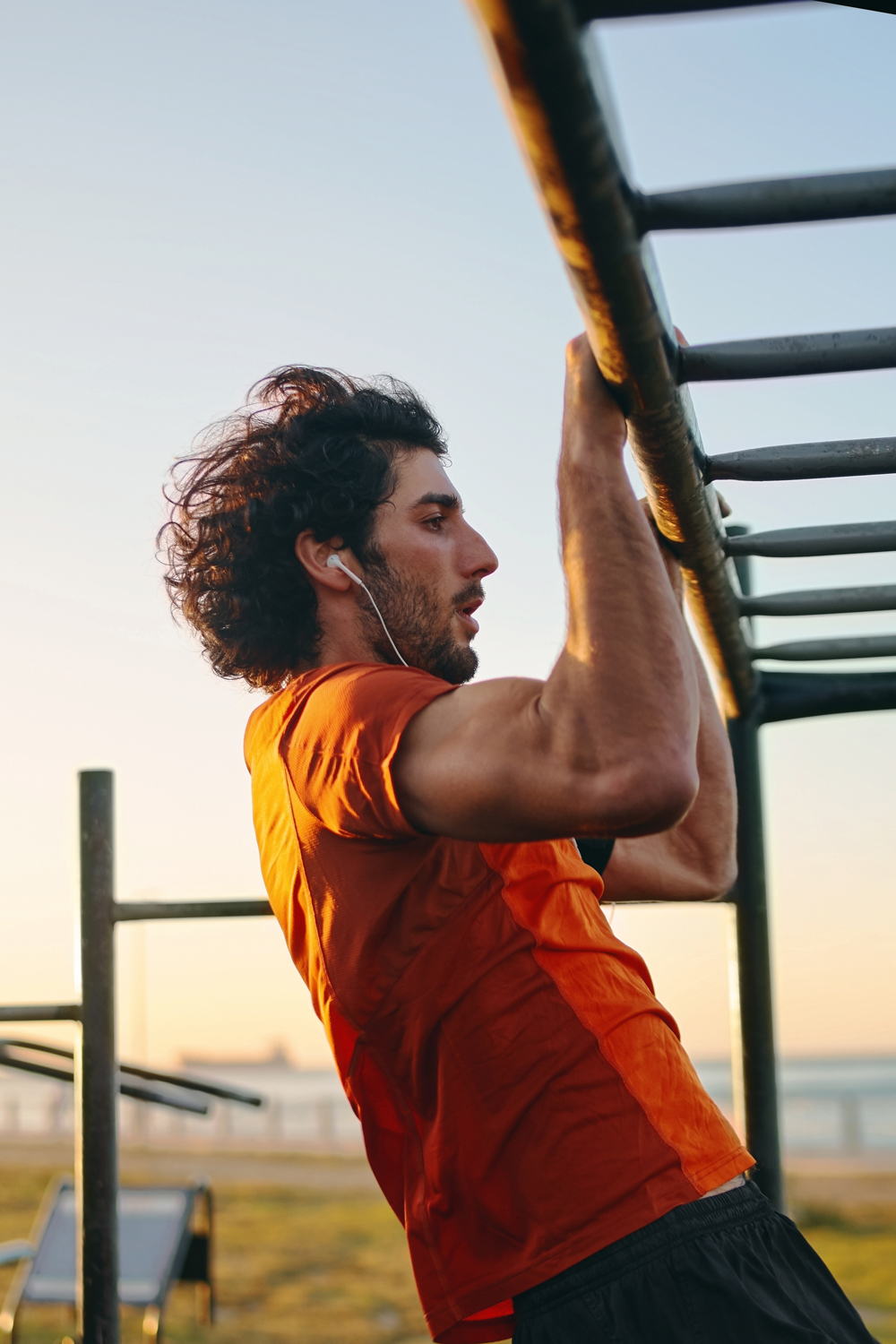
Does Cross Training Prevent Injuries?
As every runner knows, there is nothing quite like the feeling of crossing the finish line after a long race. However, the road to that finish line is often fraught with injuries. From shin splints to stress fractures, runners are all too familiar with the aches and pains that can come from training. But what if there was a way to avoid all those injuries? Enter cross training.
Incorporate cross training into your running schedule and you’ll have a better chance of injury prevention. Cross train and reduce your running mileage and there’s less risk of overuse injuries.
The low impact nature of activities such as swimming and cycling will improve your cardiovascular fitness but with less injury risk. When you cross train think of it as active recovery between running sessions – it’s an essential part of any runner’s toolkit.
Muscle imbalances are the bane of most runners – a dominant leg is stronger than the other, or certain muscle groups are excessively strong while others are weak. Cross training can help to prevent injuries from muscle imbalances by strengthening the muscles that are often neglected by runners.
Cross training will never be a substitute for specific strength training for runners – but adding a few cross training workouts to your training plan will aid your injury-free running journey.
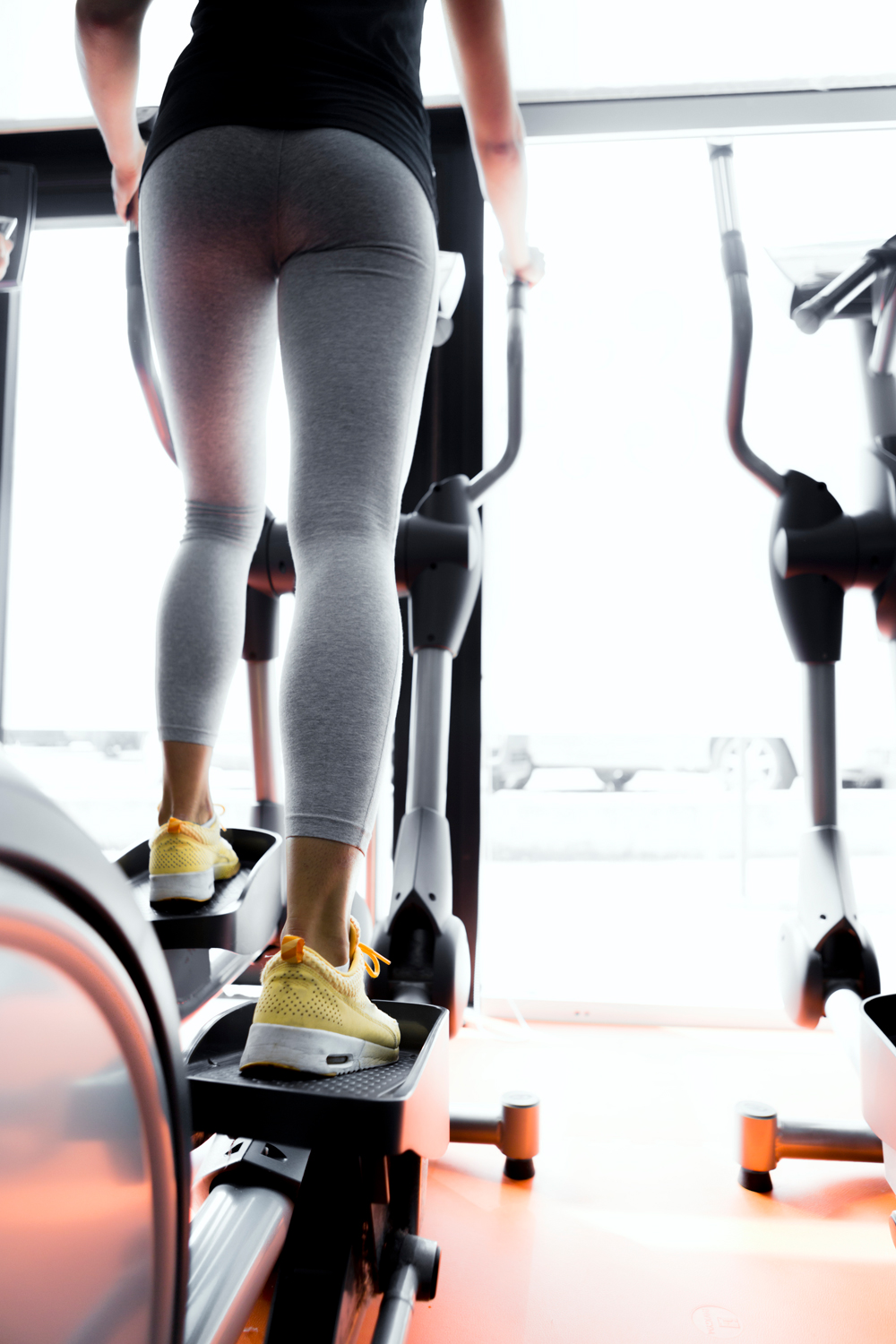
Is It Good For Runners?
Yes, cross training is good for runners.
How helpful it is will depend on the type of cross-training and if it’s specifically targeted and making you a better, stronger runner.
Good Reasons Runners Need To Cross Train
There are several ways cross training helps runners get the full benefit from running.
#1 Reduce Excessive Mileage
Cross training can help with injury prevention by swapping high-impact mileage for low-impact activities. Nothing will ever replace running but cross training can help you train better.
Instead of excessive mileage, swap low-quality junk miles for another endurance sport – time on the bike, cross-country skiing, or even hiking.
#2 Train Harder
Many athletes get injured in hard interval sessions designed to improve their anaerobic and aerobic fitness – so they avoid them. I always advise beginner runners to build a good running base before they start introducing the tough sessions they need to run faster.
One solution is cross training. Find a low-impact activity where you can get a great cardio workout without risking injury. An elliptical trainer in the gym, aqua jogging, or cycling up steep hills are all good ways of training harder.
#3 Target Deficiencies
When you’re running, you’re targeting the same muscle groups over and over again, often adding to the deficiencies that hold back your running performance.
Identify your deficiencies and try targeting them with cross training. It could be improving your leg strength, building a strong core, becoming more coordinated, or improving your range of motion. All things that will help you become a better runner.
#4 Accelerate Recovery
Sitting around on rest days can leave you feeling stiff and lethargic. It’s often hard to restart training after a day on the couch!
Active rest days with light cross training activities will help the blood flow to those tired muscles. As long as you don’t overdo it, you’ll bounce back faster from a hard training session.
Even after an ultra-marathon, I’ll walk a few gentle miles the following day to ease off my legs!

Do’s And Don’ts Of Cross Training For Runners
Follow these cross training tips to make sure it’s improving your running:
#1 Match The Activity To A Purpose
I may believe any activity is better than none, but your cross training exercises need to target a specific area of weakness if you want to improve at running.
Do you need strength training, to work on muscle imbalances, improve your cardio, or work on your balance and flexibility? Or are you just looking for some gentle active recovery?
Once you’ve identified the need, find a cross training activity that matches what you’re trying to achieve.
A gentle swim may be just what you need on an active rest day. Spend your rest day rock climbing on steep cliffs and don’t be surprised if you have wobbly legs when you try running the next day!
#2 There’s No Substitute For Running
Cross training can be part of your running schedule but it should never replace your core sessions. Use it to improve your training and reduce excessive mileage but don’t replace your key running workouts.
#3 You Still Need Runner Specific Strength Training
There are a lot of different cross training activities that will help you become a stronger runner. Rock climbing, yoga and pilates are just some examples of strength-focused cross-training workouts.
It’s just that these cross training workouts will never be as specific as targeted strength training exercises.
By all means, enjoy a good yoga session but tag on specific strength training for runners to your workout.
#4 Use Cross Training For HIIT
HIIT workouts, (High-Intensity Interval training) pose a big injury risk for many runners. It’s a hard workout with high impact but important for running faster.
For injured runners, beginner runners, older athletes, or just injury-prone runners, cross-training exercises in the gym can be a better way to complete a high-intensity session.
Choose a form of exercise that will improve your cardiovascular system. For best results, complete a cross training session that will also work on your leg speed. Cycling and the elliptical machine are excellent options. Or for a completely low-impact session that truly replicates running, try aqua jogging.
#5 Mix Things Up
If you’ve been a runner for several years, it’s easy to plateau – running the same sessions every week and even the same routes. A cross training workout can add variety, providing a mental break and making you think about your body and its capabilities differently. This could be the mental boost and self-belief you need to improve as a runner.
#6 Building Muscle Mass
Body weight is a common concern among runners. Some people start running to lose weight, while others struggle to gain weight. Being underweight can affect your running performance just as much as carrying excess pounds.
Adding different activities to your training schedule can help with building leg muscles and becoming a stronger runner. A runner doesn’t need big biceps but a strong body is more resilient to staying injury-free.

Best Cross Training Activities For Runners
These are some of the best cross-training exercises for runners:
#1 Swimming
Swimming provides a low-impact workout that still challenges the cardiovascular system. You can make your swim training as hard or as easy as you want – a light session for an active recovery day or a lung-busting interval session.
Swimming is good for all-over body strength and particularly works your upper body – great for building up those weedy runners’ arms.
#2 Cycling/Mountain Biking
Cycling is a great cross training activity for runners. It helps to build up leg muscles, works your cardiovascular system, and it’s low impact so won’t put too much strain on your joints.
Mountain biking takes things up a notch, adding an extra element of balance and coordination.
Both activities are excellent for building endurance and you can cycle in the gym on a static bike if the weather outside is too challenging.
#3 Yoga /Pilates
Yoga and Pilates are both excellent for building core strength, improving flexibility, and developing good posture. All of these things will help you to run better.
A strong core helps with balance and stability – two key elements in running form. Good flexibility prevents injuries and improves your range of motion. And good posture helps you to breathe more easily and run with better form.

#4 Elliptical Trainer
The elliptical trainer is a great cross training option for runners and closely mimics running. It’s low impact so won’t put too much strain on your joints but will still give you a good cardiovascular workout.
It’s also a weight-bearing exercise, which means it helps to build up bone density – important for runners who are at risk of developing osteoporosis.
#5 Hiking
Hiking is a great way to explore new trails and add some variety to your running. It’s also a fantastic cardio workout if you’re climbing steep hills and will work different muscles to running.
Just be careful not to hike too hard or too fast – it should be a comfortable pace that you can maintain for several hours. And make sure you have the right footwear, as running shoes aren’t always suitable for hiking.

#6 Climbing
Climbing is an excellent full-body workout and a great way to build up strength. It also develops coordination, balance, and agility – all things that will help with your running.
If you’re new to climbing, start with some easy routes and build up gradually. Most climbing walls will offer instruction for beginners.
#7 Weight Training
It’s often overlooked by runners but can be a great way to build strength, particularly in your legs. It can also help to improve your balance and running form preventing injuries.
There’s a view that weight training adds too much muscle mass and body weight for a runner – but unless you’re neglecting your running and just going to the gym it’s unlikely.

Activities To Avoid
When you’re a runner it can be a good idea to stay away from activities with fast movements and changes of direction. These can put too much strain on your joints. So, while you might enjoy playing tennis or going downhill skiing, they’re probably not the best cross training activities for runners.
Other activities to avoid are contact sports like rugby, hockey, or football – the risk of injury is just too high. And activities like basketball where you constantly jump can also be tough on your joints.
How To Add Cross-Training To Your Running Schedule
For best results aim to do some cross-training two or three times a week. This can be in addition to your regular running workouts or as a replacement for a run if you’re injury-prone or just need a break from the pavement.
If you’re new to cross training, start slowly and build up gradually. And make sure you listen to your body – if something hurts, stop.
Don’t forget to warm up before you start and cool down afterward. And if you’re doing strength exercises, make sure you do some mobility work for your joints.
Finally, remember that cross training is meant to be fun! So choose activities that you enjoy and will keep you motivated. Please use the comments below if you have any cross training tips you want to share!
